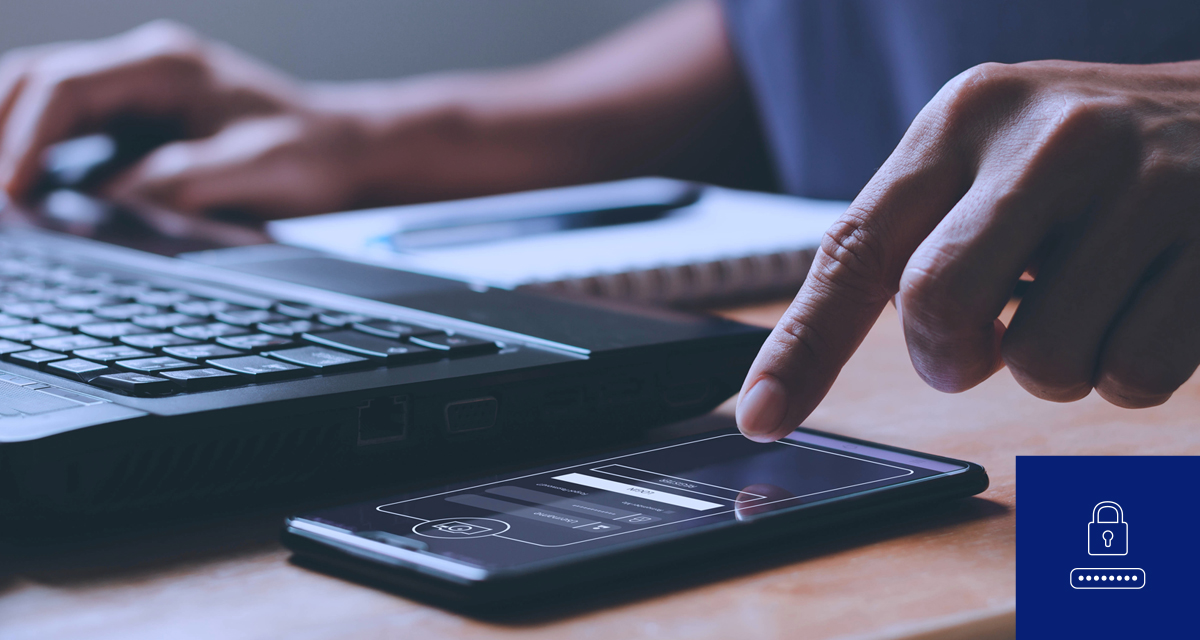2-Factor Authentication: KVM Manufacturer G&D Presents New Security Feature
Story Highlights
KVM manufacturer G&D now implements an effective security feature to minimize the risk of cyberattacks and to ensure that only authorized users have access: 2-factor authentication (2FA).
 Twofold security of KVM systems
Twofold security of KVM systems
2-factor authentication for KVM systems provides access control to critical data and systems. It thus offers a higher standard of security, ensuring that only authorized users can access the systems. This additional security level contributes to protecting sensitive data and significantly reducing the risk of cyberthreats.
Until now, user authentication for KVM systems involved a password query. The optional 2FA introduces a second, ownership-based factor that provides an additional level of security. A Time-Based-One-Time-Password (TOTP) is used for this, a password that is valid for a limited time and can only be used once.
Apps, tokens, and directory services – 2FA options
2FA can be implemented either through authenticator apps or hardware tokens, depending on the user’s individual requirements and preferences. The user can select between using the device’s internal authentication server or an external directory service such as LDAP, Active Directory, Radius, or TACACS+. The option of 2-factor authentication for KVM systems represents a further step towards a safer and more secure environment for critical infrastructures. Businesses and organizations that rely on the highest security standards will benefit from this additional security mechanism.
In matrix installations, the feature ensures increased security by providing an optional additional layer of security for access to critical data and systems. In extender applications, in which 2FA is included by default, this feature also brings benefits. Introduced to the public for the first time at ISE 2023 for KVM-over-IP systems, the feature is now being incorporated into all G&D products with a network connection. Existing customers will therefore also receive the extended system options as usual with the next firmware release.
